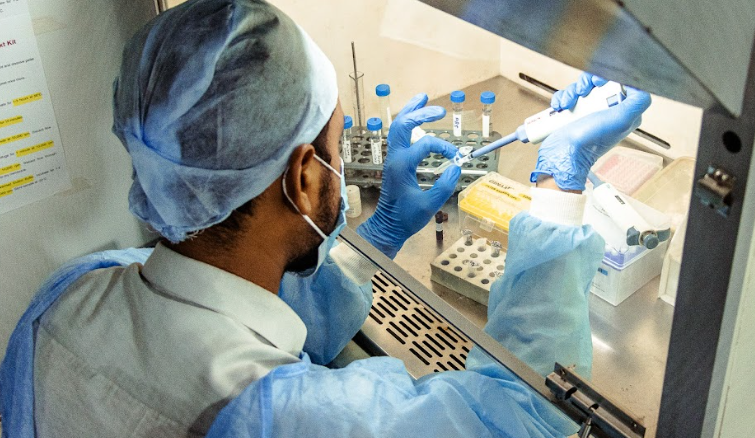Table of Contents
What is Endometriosis
Endometriosis is a common gynecological condition that affect approximately 10-15% of the female population. It’s a condition that affects millions of individuals worldwide, primarily those assigned female at birth. It occurs when tissue similar to the lining of the uterus (endometrium) grows outside the uterus. Typically, in the pelvic region but sometimes in other areas of the body. This tissue, known as endometrial implants, responds to hormonal changes during the menstrual cycle in the same way as the endometrium inside the uterus. It thickens, breaks down, and bleeds with each menstrual cycle.
Effects and Remedy
Endometriotic ovarian cysts may be present in up to 20-40% of women with endometriosis scheduled for IVF and on both sides in 19-28% of the cases.
The best medical approach to treat endometriotic ovarian cysts is controversial, as it may delay the fertility, the lady desires.
Should we remove the endometriosis by surgery is matter of debate.
With surgery, there are great chances that it may affect the ovarian reserve and impairs the responsiveness to treatment. Also does not offer any additional benefit in terms of fertility outcomes.
In addition, surgery is great risk to women, as it is mostly a complicated surgery.
The laparoscopic removal of bilateral endometriomas prior to IVF should be limited to those cases with normal ovarian reserve, presence of pain symptoms, rapid growth or sonographic features of malignancy.
Conversely., in the absence of the above-mentioned features, patients with bilateral endometriomas should be encouraged to proceed directly to IVF. To reduce time to pregnancy, to avoid potential surgical complications and to limit costs.
The retrieval of oocytes may be less in endometriotic cases, compared to normal. But the quality of oocytes may be same and pregnancy rates may be comparable, if lady goes for IVF as early as possible, when all conservative approaches are exhausted


Leave feedback about this